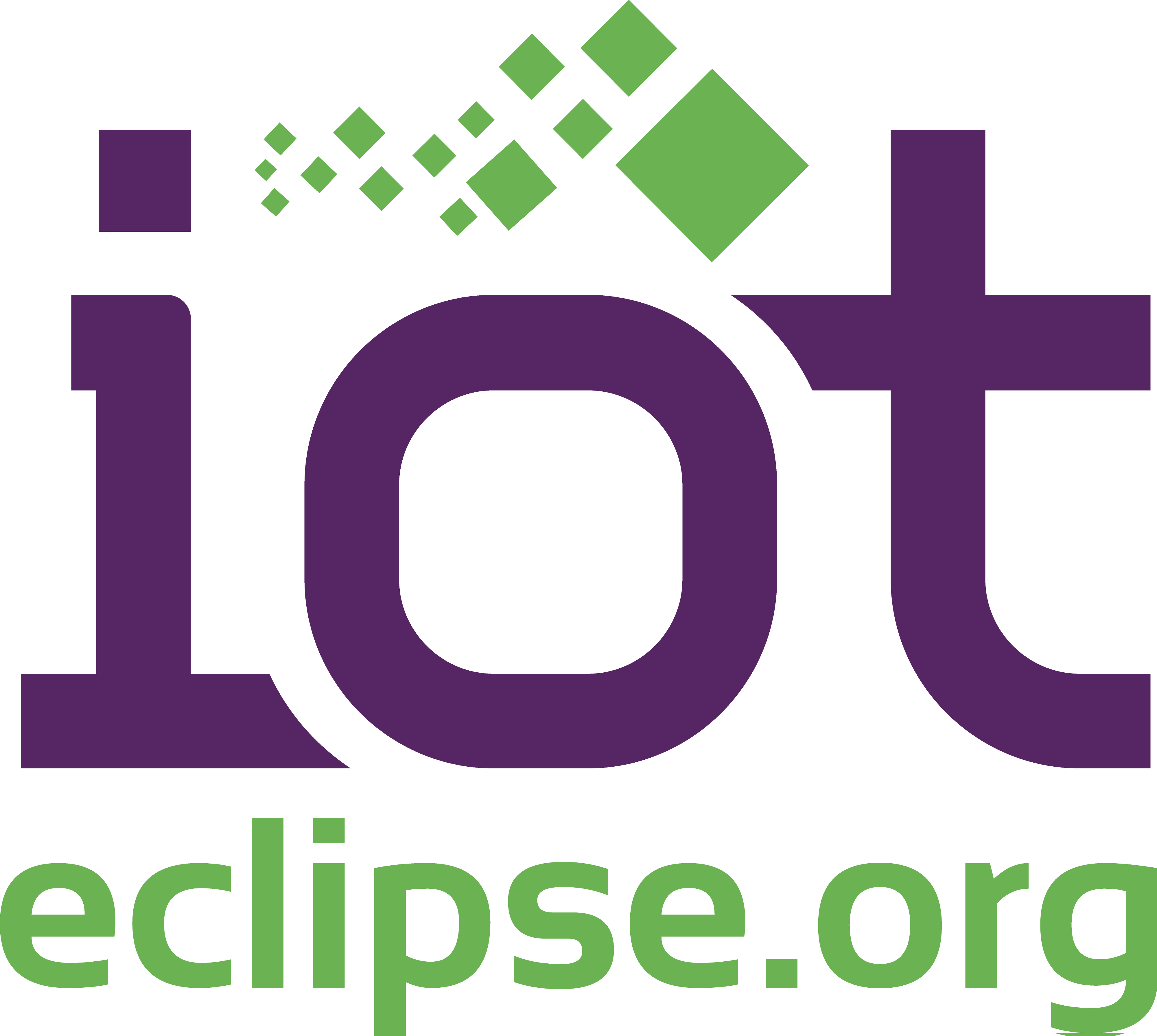An update on Eclipse IoT Packages
A lot has happened, since I wrote last about the Eclipse IoT Packages project. We had some great discussions at EclipseCon Europe, and started to work together online, having new ideas in the progress. Right before the end of the year, I think it is a good time to give an update, and peek a bit into the future.
From building blocks to IoT solutions

The Eclipse IoT ecosystem consists of around 40 different projects, ranging from embedded devices, to IoT gateways and up to cloud scale solutions. Many of those projects stand alone as “building blocks”, rather than ready to run solutions. And there is a good reason for that: you can take these building blocks, and incorporate them into your own solution, rather than adopting a complete, pre-built solution.
Changing the owner of an OpenShift project
Today I wanted to change the owner of an OpenShift project. It actually is rather trivial. However finding out how, wasn’t so easy. Googling didn’t help much, and also the documentation has room for improvement. So I took a few minutes to document how it works.
Eclipse Milo 0.3, updated examples
A while back I wrote a blog post about OPC UA, using Milo and added a bunch of examples, in order to get you started. Time passed by and now Milo 0.3.x is released, with a changed API and so those examples no longer work. Not too much has changed, but the experience of running into compile errors isn’t a good one. Finally I found some time to update the examples.
This blog post will focus on the changes, compared to the old blog post. As the old blog post is still valid, I though it might make sense to keep it, and introduce the changes of Milo here. The examples repository however is updated to show the new APIs on the master branch.
Bringing IoT to Red Hat AMQ Online
Red Hat AMQ Online 1.1 was recently announced, and I am excited about it because it contains a tech preview of our Internet of Things (IoT) support. AMQ Online is the “messaging as service solution” from Red Hat AMQ. Leveraging the work we did on Eclipse Hono allows us to integrate a scalable, cloud-native IoT personality into this general-purpose messaging layer. And the whole reason why you need an IoT messaging layer is so you can focus on connecting your cloud-side application with the millions of devices that you have out there.